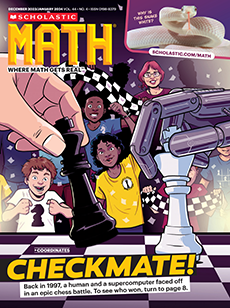Post a few statistical and nonstatistical questions for students. As a class, discuss different ways the questions could be categorized and have students explain their reasoning. Notice if any categories are grouped as statistical versus nonstatistical questions. Some question ideas you can display are:
• What is your favorite color?
• How many students are in this class?
• What is the temperature outside right now?
• How many pets do you have?
